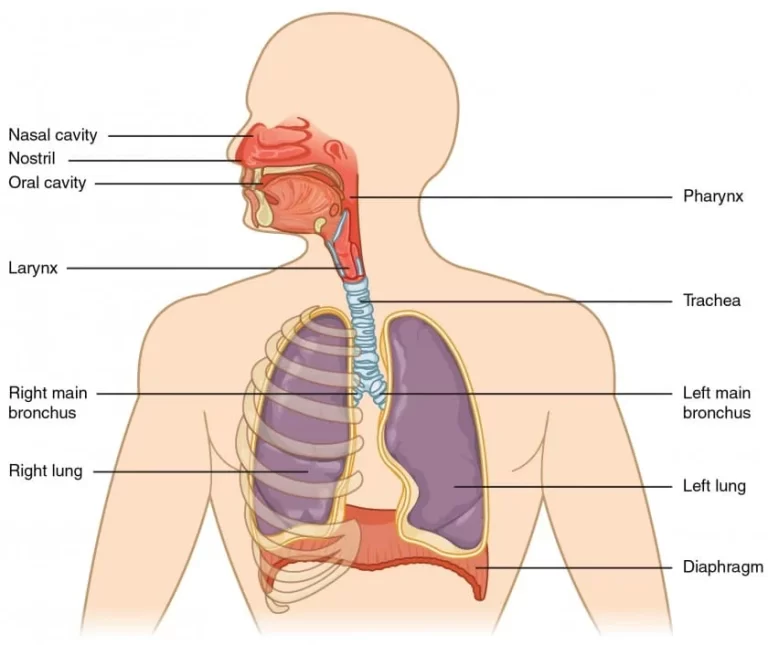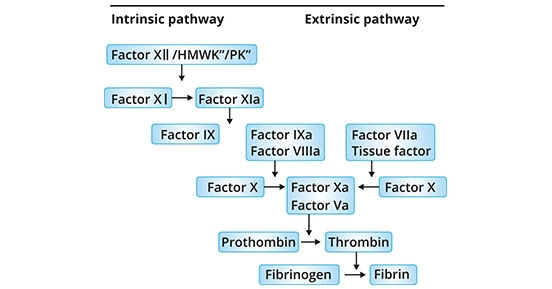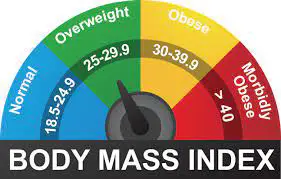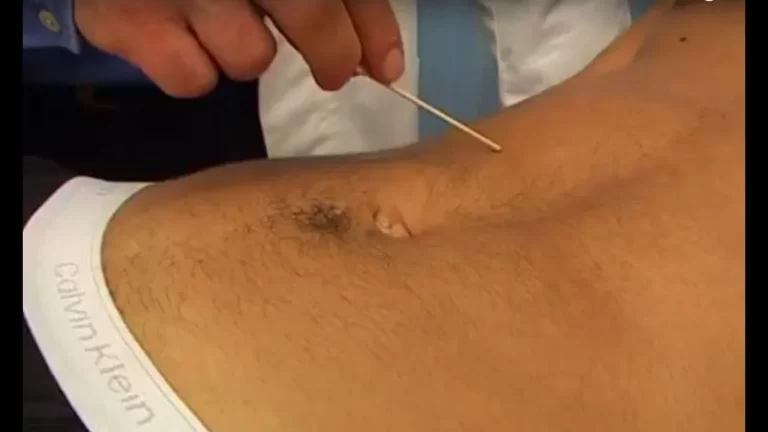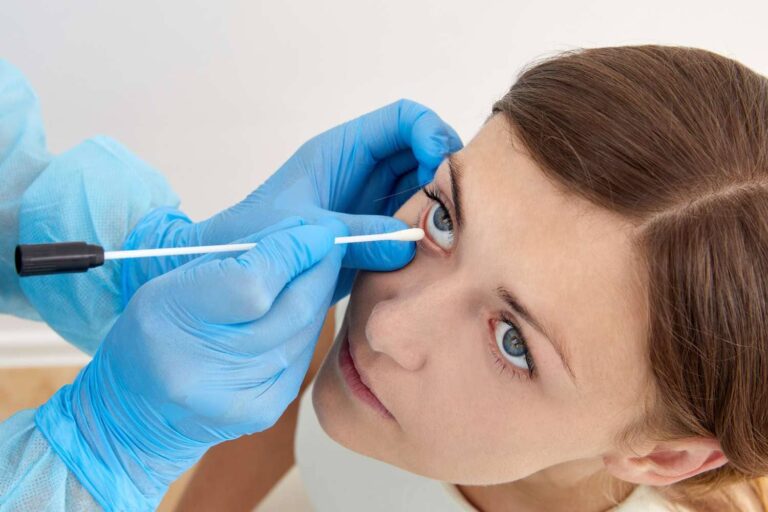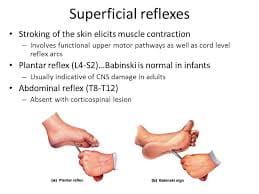Respiratory System
The Respiratory System is a complex network of organs and tissues that facilitates the exchange of gases, primarily oxygen and carbon dioxide, between the body and the external environment. This vital system is responsible for the intake of oxygen, essential for cellular functions, and the removal of carbon dioxide, a waste product produced by the…

